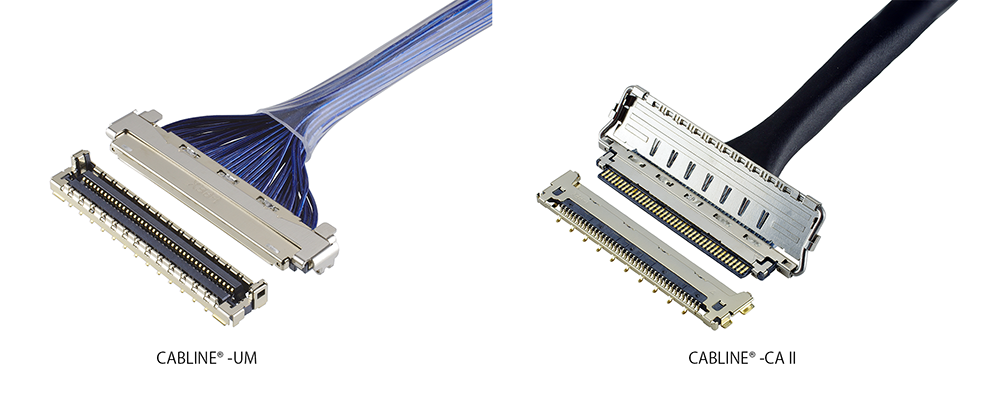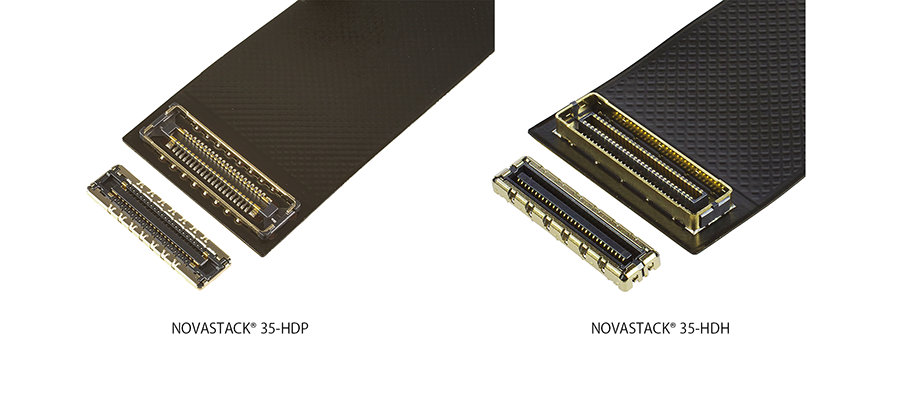Connector Solutions for Data Transmission & High-Speed Solutions in Healthcare 4.0
Data Transmission & High-Speed Solutions
Healthcare 4.0 devices generate an unprecedented volume of data – from high-resolution medical images and streaming video to continuous sensor readings. Efficient data transmission is therefore paramount to make this data useful, whether it’s within a device, between devices, or across a hospital network. Modern hospitals are investing in high-speed wired and wireless infrastructure to support these needs. On the network side, multi-gigabit Ethernet, Wi-Fi 6, and 5G cellular technologies allow large files and real-time streams to be shared with minimal delay. For example, an MRI scan that is gigabytes in size can be sent to a specialist in seconds. In one recent 5G demonstration, a surgeon successfully performed a tele-mentored robotic procedure from over 10,000 kilometers away with negligible latency highlighting how critical high-speed connectivity can expand access to care.

High-Speed Connectors and Cables
Within medical equipment, the pursuit of faster data also drives connector innovation. Imaging devices, for instance, must funnel huge data streams from sensors (ultrasound transducers, HD cameras, etc.) to processing units and displays. This is where miniature high-speed medical connectors come into play – they provide the needed bandwidth in a compact package, ensuring that the connector is not the bottleneck in the system. In fact, designers often note that the connector can be a limiting factor for data throughput, so choosing high-performance interconnects is crucial. High-density Micro-coaxial connectors like I-PEX CABLINE® meet this challenge by supporting multi-gigabit per lane data rates (tens of Gbps aggregate) while keeping a small footprint. These connectors are used in applications like endoscope imaging systems and digital X-ray detectors, where they carry high-definition video and sensor outputs to the system’s computer. Likewise, board-to-board connectors such as NOVASTACK® can join high-speed circuit boards together, allowing modular designs (e.g. a base computing board connected to a swappable sensor board) without sacrificing signal integrity. To maintain signal quality at high frequencies, many of these connectors incorporate shielding and ground contacts to minimize electromagnetic interference. Engineers also make use of EMI-shielded cable assemblies for surgical robots and other noise-sensitive equipment, combining shielded cables with metal-shell connectors to block interference.

Low Latency and Reliability
Beyond raw bandwidth, medical data links demand low latency and robust reliability. In critical scenarios like telemetry from a pacemaker or real-time vital sign monitoring in an ambulance, data drops or slowdowns are unacceptable. Connectors contribute here by providing stable mechanical and electrical connections that won’t loosen or degrade under vibration or repeated use. For instance, I-PEX MHF® micro-RF connectors can securely attach high-frequency antenna cables for 5G or Wi-Fi modules, enabling fast wireless data transfer from compact devices. These connectors include options with locking features to prevent accidental disconnects. In essence, high-speed connectivity in healthcare is achieved by an ecosystem of technologies: cutting-edge network protocols, high-bandwidth connector hardware, and careful engineering to eliminate any weak links in the data chain.

By deploying the right mix of wireless and wired solutions, and utilizing advanced connector families like CABLINE®, NOVASTACK®, and MHF®, medical device designers can ensure data flows swiftly and securely. From the operating room to remote monitoring centers, high-speed connectivity enables better coordination, real-time decision-making, and access to advanced telehealth services – making it a linchpin of Healthcare 4.0.
